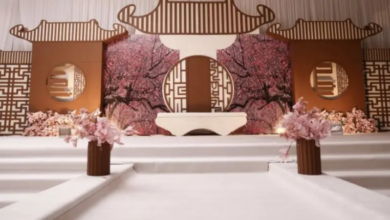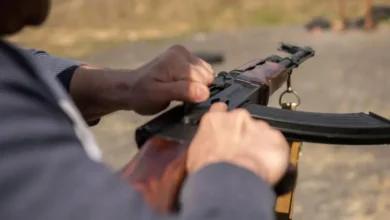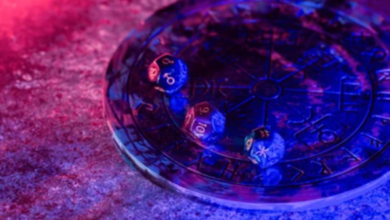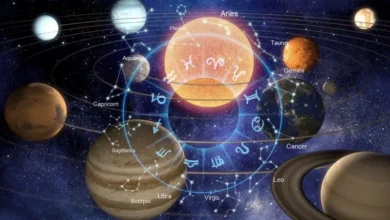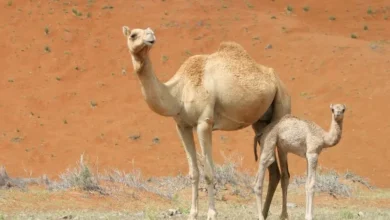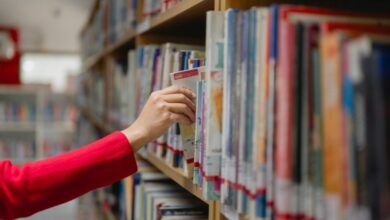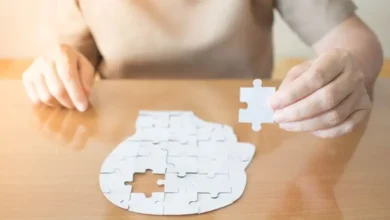Iraqi curator Mona Al-Jadir rethinks how institutional memory can be displayed

Abu Dhabi’s 421 is currently hosting the exhibition ‘And The Mirrors are Many’ curated by young Iraqi curator Mona Al-Jadir. In her first-ever show, the result of a one-year curatorial development program at 421 in Abu Dhabi, Al-Jadir, rethinks how institutional memory can be displayed.
The intriguingly exquisite show transforms the museum into a spectral site of haunting and personal commemoration.
Through the three sections of the exhibition ‘Nostalgia and Haunting,’ ‘Language and Memory,’ and ‘Repair, Redemption,’ this exhibition asks us to examine our shared histories through the lens of ongoing catastrophe that spans human history, and poses the questions: ‘Why do we remember, and how?’
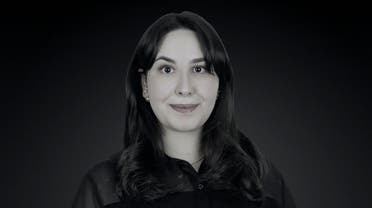
Al-Jadir is an architectural designer who grew up in Abu Dhabi. She graduated from the Peter Guo-hua Fu School of Architecture at McGill University, Montreal and more recently studied curating at Sotheby’s Institute of Art, London.
Her academic interests primarily lie in research-based curatorial practices and the moving image, which she hopes to pursue further in her graduate studies.
Speaking to Al Arabiya English, Al-Jadir said: “The process began with developing the conceptual framework of the exhibition proposal that I had submitted to the open call ‘Future Perfect: Catastrophe and the Contemporary,’ while exploring artworks that could potentially respond to the themes being explored, before meeting with artists to better understand their artistic practices, which vastly differed from one artist to the next.”
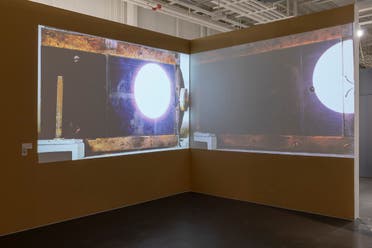
Seven new works of different mediums ranging from sculpture and installation to photography and even poetry emerged from these conversations, she said, which the artists developed over the course of a year specifically for the exhibition.
The participating artists were selected based on their artistic practices and research interests that were in line with the ideas being investigated, as well as existing works that could be contextualized within the scope of the exhibition.
By examining these contemporary modes of remembering, ‘And The Mirrors Are Many’ considers the relationship between remembrance and history, and reflects on the aesthetics, techniques, provenance, and language that are deployed in the process of memory-making.
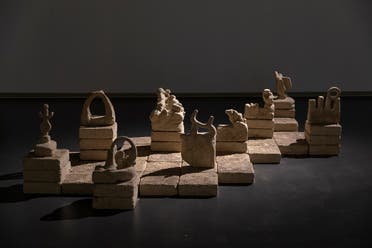
Referencing the Mahmoud Darwish poem, ‘On the Last Evening on This Earth’ in the title, this exhibition asks us to examine our shared histories through the lens of ongoing catastrophe that spans human history.
The show explores the persistence of catastrophic events that continue to inscribe upon the present through traces, armatures, and echoes.
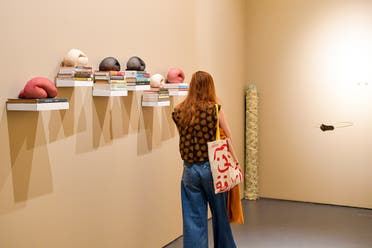
Featuring annotations spread across the gallery spaces, as well as new commissions, ‘And The Mirrors Are Many’ spans a myriad of mediums, from sculpture, video, and installation, to photography, printmaking, and textiles.
Recent global demands for the restitution and reparation of displaced artifacts, as well as the rising calls for the decolonization of museums around the world, including the need for the inclusion of forgotten and ignored histories, means that these institutions are now facing an existential crisis; some might argue that they are struggling to adjust to change while searching for their place in the future.
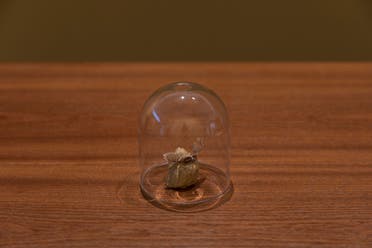
As we enter what seems like a future-focused cultural-production boom in this region, it is essential for individuals and institutions to collectively interrogate these questions that influence our understanding of the past, the present and our dreams of the future.
Contributing artists in this exhibition are Maitha Abdalla, Rand Abdul Jabbar, Reem Al Menhali, Emii Alrai, Moza Almatrooshi, Nasser Alzayani, Hadeyeh Badri, Rohini Devasher, Vikram Divecha, Mirella Salamé, Sara Smarrazzo, Dima Srouji, and Fatima Uzdenova.
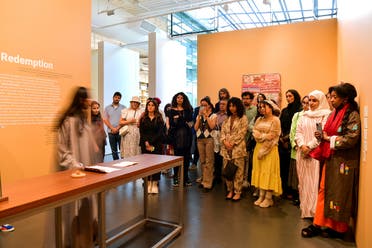
The 421 Curatorial Development Program was conducted in collaboration with The Bombay Institute for Critical Analysis and Research (BICAR) and with mentorship from curator Sabih Ahmed.
“It was an invaluable experience, particularly in learning the more hands-on, practical aspects of curating that can only be learned through the actual process of exhibition-making,” Al-Jadir said.
‘And The Mirrors Are Many’ is on view till Monday (May 8, 2023).

